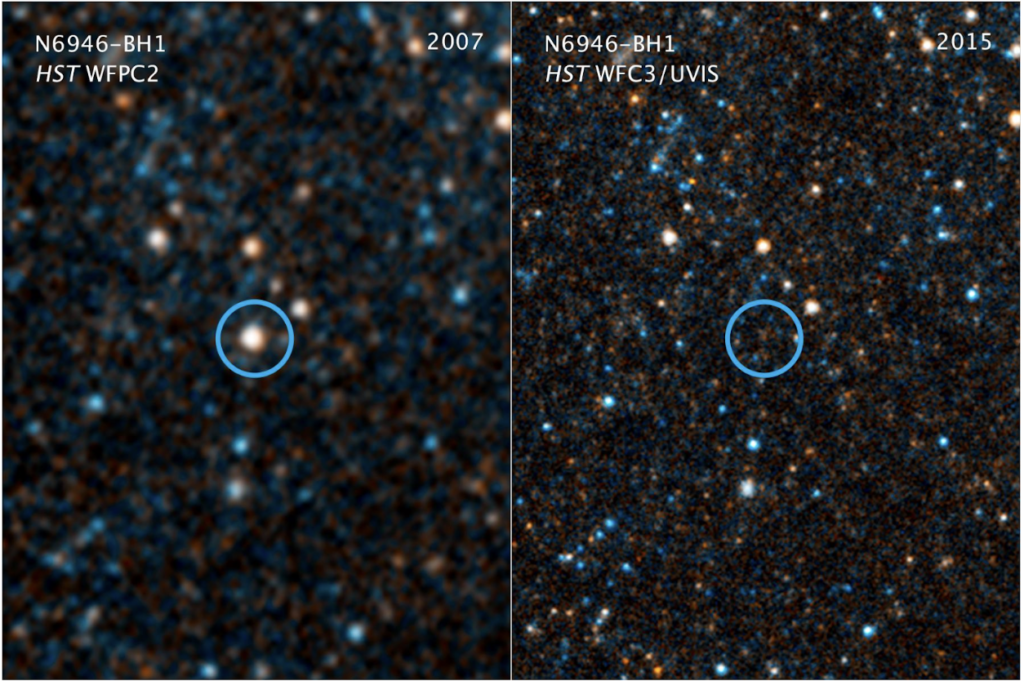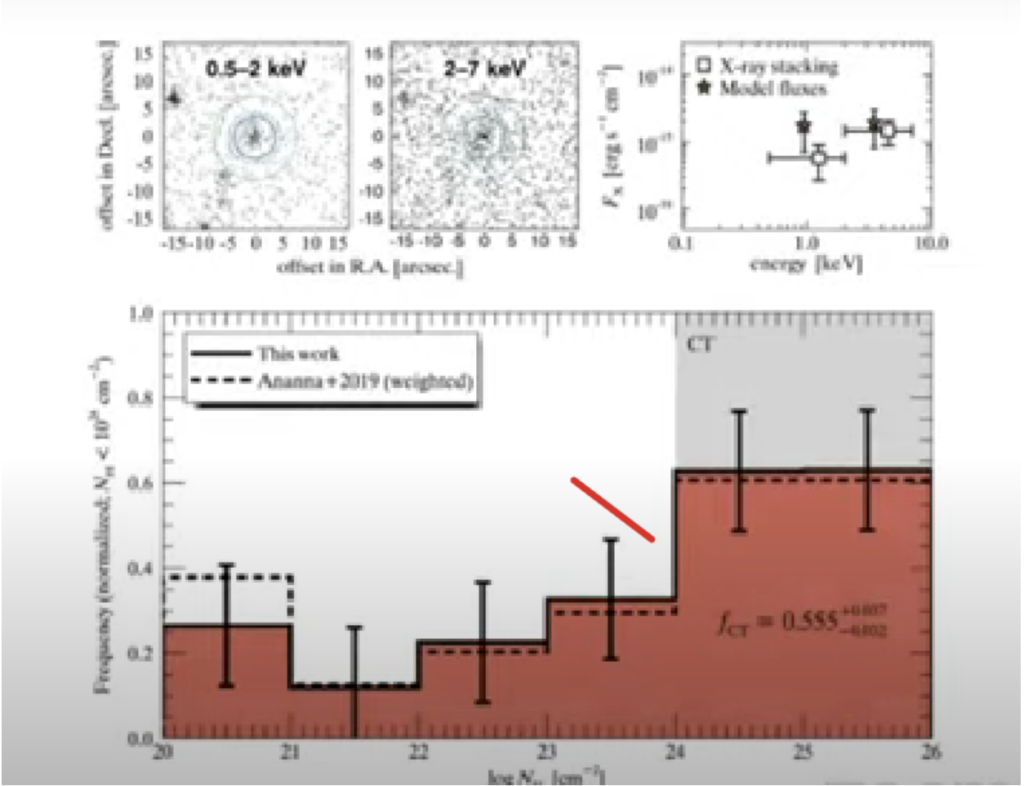Hidden Monsters: Uncovering A Population Of The Most Obscured Supermassive Black Holes By: Dr. Christopher M. Carroll
Black holes are known as one of the greatest mysteries of our universe. One reason is that they’re extremely hard to detect. Dr. Carroll’s research focuses to combat this issue and help uncover newfound information about some of the most obscured supermassive black holes in our universe. Dr. Carroll states, “It is essential for us to understand the entire population of an object in order for us to understand its place in the universe.”
Now what is a black hole?

Well, the term is quite literal. Black holes are a black hole in our universe that has no light escaping from them. This is because a black hole’s escape velocity is so high that even light can’t escape its grasp. These cosmic monsters are formed from stellar death. When a massive star runs out of fuel, gravity will pull in on that star. This causes it to collapse in on itself creating a black hole.
Along with black holes, there is a subtype called supermassive black holes. Dr. Carroll puts this size difference in perspective by stating that N6946-BH1, a black hole, is 25 times the mass of the sun. While the supermassive black hole at the center of Centaurus A, a galaxy, is 55 million times the mass of the sun. All massive galaxies have a supermassive black hole at the center of them. Along with supermassive black holes, there are active galactic nuclei (AGN). Active galactic nuclei are supermassive black holes at the center of galaxies. However, they have a cloud of dust and gas, known as the Torus. The Torus surrounds the black hole and is the main reason it is obscured.
That brings to light one of our biggest questions, how do we observe these obscured black holes when they are at the center of these galaxies?

Dr. Carroll shares a few of these methods such as detecting AGNs through the electromagnetic spectrum, SED Modeling, X-Ray observations, and much more. Now we will move into what method Dr. Carroll has been using to detect these almost undetectable supermassive black holes. Some methods he uses include creating a suite of X-ray spectral models that cover different parameters and components of an obscured SMBH. He uses these models to determine what this obscuration would look like as it varies. He uses data in a Markov chain Monte Carlo simulation. It can look through the previously found data and find where it is most likely “the true model” or the most accurate data. With this method, he has learned that over half of all AGNs are known as Compton Thick. They do not show up in X-rays, using an entirely brand-new method from any other group. Due to this, his research can change how we look at a variety of things in our universe and completely change our understanding of AGNs.
To look more in-depth into Dr. Christopher Carroll’s research and where it is heading, you can visit his website at:
To watch the recording of his First Friday presentation visit:
YouTube: First Friday Astronomy – April 2023
Article written by Chandler Beasley, AstroTAC member of NASA CIDSRSN